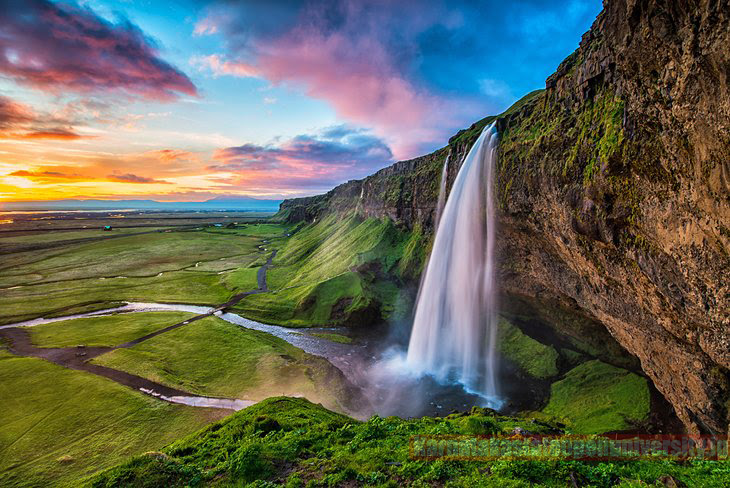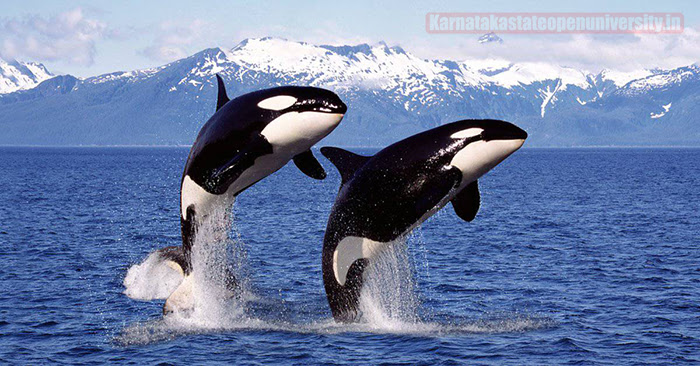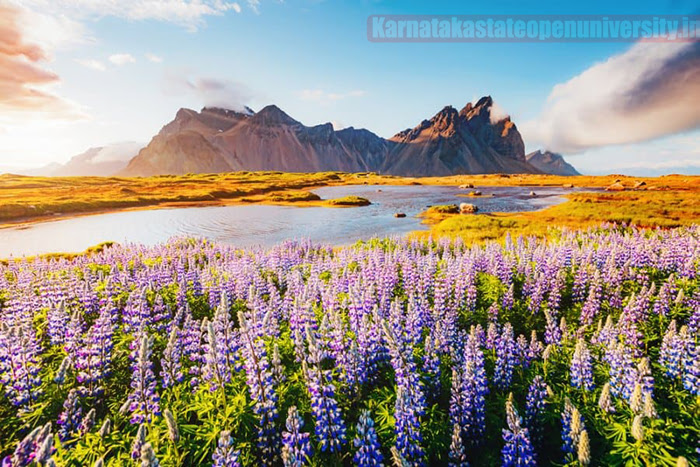Best Time to Visit Iceland – Looking for an incredible vacation destination that’s both beautiful and unspoiled? Iceland might be the perfect spot for you! With its stunning glaciers, wild landscape, and thriving culture, this Nordic country is a must-visit for any traveler. But which time of year is the best time to visit Iceland? In this post, we’ll explore different time periods and give you our recommendations on when the best time to visit Iceland is. Ready to plan your trip? Let’s get started.
While its that far north ocean location makes for fluctuating weather, summer is the best time to visit Iceland for you visit. June-August offer long daylight hours for better experience, low 20°Cs warmth, plus summer festivals in. Dry weather inland makes it this prime hiking season for type adventures. May to September is the best time of year for Iceland if that you want to go whale watching.
Best Time to Visit Iceland
Iceland is a beautiful country that is always changing and evolving. Make the most of your visit by visiting during the best time of year. May through September is when the weather is mild and the scenery is beautiful. Be sure to pack some warm clothes as January through March are cold months. There are also plenty of activities to do during this time, like visiting the glaciers or hiking in the highlands.
Snow comes as early as September and can linger to May, but the Iceland is very photogenic in autumn and early winter season for great. Winter in Iceland (November-March) can be brutal and road closures make access to some areas difficult but make a offer a better chance at seeing the Northern Lights for great experience and adventures. You can combine orca watching with the Northern Lights in that month February and March.

The Best Time to Visit Iceland Details
| Article for | The Best Time to Visit Iceland |
| The Best Time to Visit Iceland | Click Here |
| Category | Travels |
| Official website | Click Here |
click here: How to Get to Hard Rock Hotel Maldives
Best Month to see Northern Lights in Iceland
The best time to visit Iceland for the Northern Lights is in August. However, the season is long and there are many other amazing things to see while in the land such as glaciers, geysers, and hot springs. Make sure to visit in the month of August if you want to be in the best position to see the lights. If you’re visiting Iceland in other months, don’t fret – the lights are definitely worth the trip no matter when you visit. In fact, there are other attractions in Iceland that are just as beautiful and worth visiting. So, no need to feel like the lights are the only thing worth visiting in Iceland – the whole country is a sight to behold.
March and September months are the best months for seeing the Northern Lights in Iceland. That’s it all down to the equinoxes – the meteorological turning of the season, when geomagnetic storms in the Earth’s magnetic field double in frequency like you. These disturbances are what cause the Northern Lights for best view, so twice the activity means twice the chance of seeing the aurora borealis lights.

In January
January is one of the quietest times to visit Iceland, with far fewer tourists meaning uncrown main sites of location. Short, dark days are the name of the game in Iceland in January, with the sun rising around 11 am and setting about 4 pm onwards great for Northern Lights watching for visitors. At the end of the month you get a few extra hours of light in the whole day, so horse riding trips on hardy Icelandic steeds kick into that gear.
What you see: Few visitor, Northern Lights, Winter photography

In February
This is one of the best months to see the Northern Lights in Iceland. The weather in Iceland in February is downright chilly, however, so this will still be set against snowy landscapes and on average -6°C temperatures at Iceland, although Reykjavik and the coastline is always warmer and starts to defrost towards the end of February month. Killer whale visit too our partners run boat tours and wildlife photography excursions to make the most of this spectacle feel.
What you see: Northern Lights, Orca whales , Photography
In March
The third week of March is the vernal equinox the astronomical transition from winter to spring on Iceland. The weeks before and after are fill with twice as many geomagnetic storms, which that means more lively Northern Lights. Back on Earth, it that doesn’t feel too spring-look like with occasional snowstorms and below-zero temps but that also unexpected sunshine. Visiting Iceland in March is a chance to embrace winter activities look ice caving and snowshoeing before warming up in a hot spring season. And orcas are still chasing herring on Iceland.
What you see: Best for Northern Lights, Killer whales, Snowshoeing and ice caving

In April
Iceland in April starts to feel distinctly spring look like. The weather is brightening and days creep up to a whole 14 hours of sunlight in Iceland. As always in Iceland, expect the unexpected snow is still just a shifting cloud away in Iceland. Most small group tours start in April of, when the roads are clean for exploring from the West fjords to the East Fjords. Your chance of seeing the Northern Lights recede as the nights get lighter on.
What you see: Spring in Iceland, Small group tours begin, Northern Lights

In May
Iceland truly emerge from winter in May month. Everyone is out and about, it that seems, with bar terraces fill with people soaking up the cool sunshine and events look like the Myvatn marathon kicking off on. Late May is great for bird life geese gradually fill that rivers and puffins nesting on sea cliffs are more accessible to boat tours on this land. Circumnavigation cruises start visiting Iceland in May, as the coastlines defrost and seas calm a little and the as whales move north to feed on.
What you see: Short cruise season begins, Whale watching, Birdwatching

In June
Fancy visiting Iceland in the summer in June month. The month of the midnight sun pack an eye mask for undisturbed snoozing for you. Birds are still busy on the sea cliffs of the West fjords and whale watching trips head out to look for humpbacks and minke whales in Iceland. The camping and hiking window begins in June month, as well as summer sea kayaking. Iceland in June also marks one of the best times for self drive holidays, as most roads are clean of ice and days are so long.
What you see: Midnight sun, Camping or hiking, Wildlife watching
Conclusion
So, the time has finally come! The best time to visit Iceland is summertime, as the weather is warm and the sky is clear. If you’re visiting Iceland in the winter, be prepared for long queues at tourist attractions and cold weather conditions. To get the best time to visit Iceland, make sure to subscribe to our newsletter today and get all the latest updates about the best time to visit Iceland.
Related Posts:-
Best Heritage Hotels in Penang These Are The Best Historic Hotels
Royal Central Hotel The Palm New Years Eve 2024